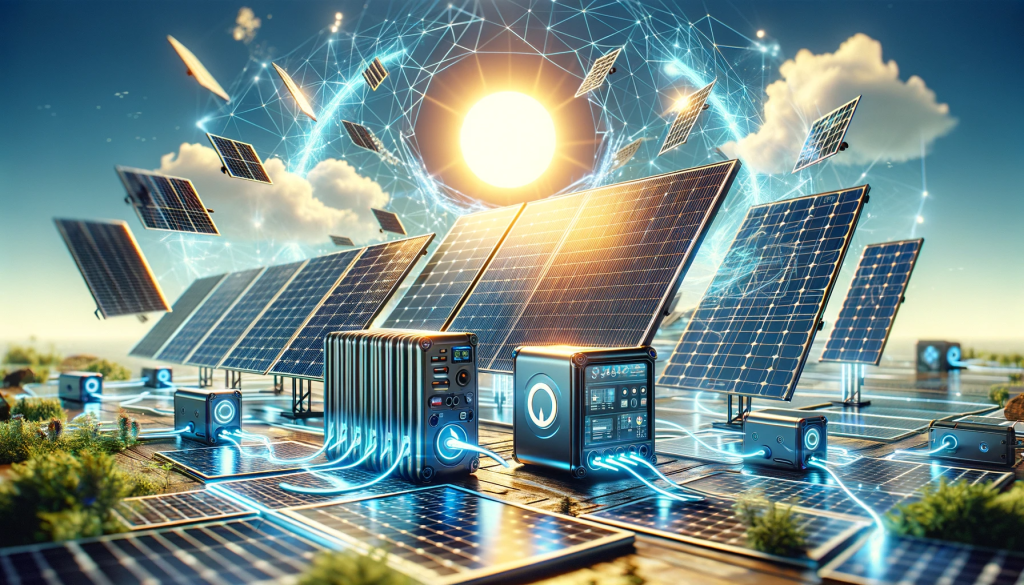dff
Our Blogs
In the mid-1980s, the annual consumption of coal was around 10 billion metric tons.This figure is projected to soar to 55 billion metric tons by 2025, indicating a significant increase in fossil fuel use.This rapid consumption is likely to exhaust finite resources and exacerbate climate change and global warming. Therefore,
In the sophisticated energy scene quickly today, the integration of advanced information technology systems plays a pivotal role in the success of solar energy companies. These systems enhance operational efficiency, improve energy management, and facilitate the actual time monitoring of solar installations. By taking advantage of advanced data analyzes, solar
Most of the water pumps used for irrigation purposes all over the world are operated by fossil fuel engines (diesel, gasoline and gas) or the electricity provided by the network. However, fossil energy sources are limited and emissions from their use have negative climate effects. Meanwhile, electricity supplies in many




